Hosap Castle is an imposing fortification and the main tourist attraction of Güzelsu village near Van in Eastern Turkey. Perching dramatically over the road connecting Van and Hakkari, the castle has been recently renovated and can now be visited if you can attract the attention of the custodian who can open its gates. The castle’s name in Kurdish is Kela Xoşabê, and it means Beautiful Water Castle. This name is reflected in the Turkish name of the village as Güzelsu also means Beautiful Water. Naturally, both names come from the river that flows nearby.
Hosap Castle Historical overview:
Although the castle is not particularly old for the local standards as it dates back to the mid-17th century, it was almost certainly erected in the location of the much more ancient Urartian fortress. According to Mehmed Top, the history of Hoşap goes back to the Kingdom of Urartu when it was a military stronghold, standing at the crossroads of two strategic roads. The area was later conquered by the Persians and then controlled by the Macedonian army of Alexander the Great. The usual succession of Seleucid, Roman, and Byzantine Empires followed. In the Medieval period, Hoşap was a part of the Kingdom of Vaspurakan, the biggest province of Greater Armenia, which later became an independent kingdom, centred around Lake Van.
The Turkish rule of the area began with the arrival of the Seljuks in the middle of the 11th century. After a period of the Ilkhanids control in the 13th century, Hoşap got into the hands of Kara Koyunlu tribe. These Black Sheep Turkomans, as this is the literal translation of their name, were a Muslim Oghuz Turkic tribal federation. They dominated the region encompassing today’s Azerbaijan, Armenia, northwestern Iran, eastern Turkey, and northeastern Iraq. One of their rulers, known as Kara Yusuf, offered the area of Hoşap to a Kurdish tribe of Mahmudis at the beginning of the 15th century. They established their emirate, formally dependant on Kara Koyunlu. When the Kara Koyunlu state collapsed in the second half of the 15th century, the Mahmudis continued their rule over Hoşap, under the rule of Ak Koyunlu (White Sheep) tribe, and later under the Safavid dynasty of Iran.
Hosap Castle During Ottoman–Safavid War, fought between 1532 and 1555, the Mahmudis supported the Ottomans, and thus earned numerous privileges. They continued their semi-independent rule of Hoşap and erected the magnificent castle that can be seen today. It was constructed by Sarı Süleyman Mahmudi, the chief of the Mahmudis tribe, in 1643. The Mahmudi beys used the castle well into the 19th century, until Tanzimat reforms reorganised the provincial administration of the Ottoman Empire.
Hosap Castle is sometimes also called Mahmudi Castle or Narin Castle, the last phrase ironically meaning Delicate Castle. It is the most important monument erected by the Mahmudis. Although the ornate inscription over the main gate gives the date of its erection as 1643, there is some evidence that it had existed earlier and was only renovated by Sarı Süleyman. In his paper devoted to the castle, Mehmed Top mentions that the reference to Kale-i Mahmudi had been made by Matrakçı Nasuh in the mid-16th century. Matrakçı Nasuh, of Bosnian origins, was a statesman of the Ottoman Empire, as well as a polymath, teacher, historian, cartographer, swordmaster, navigator, and inventor. As a miniaturist, he created four historic volumes of miniatures, and one of them, Fetihname-i Karabuğdan, deals with Suleyman the Magnificent war against the Safavids. He mentioned that he encountered Kale-i Mahmudi on the way back from the Persian campaign.
Another historical source concerning the castle is the ubiquitous Evliya Çelebi who travelled the territory of the Ottoman Empire and neighbouring lands over a period of forty years. He recorded his experiences in a travelogue called Seyahatname. Evliya Çelebi visited Hoşap in 1650 and left the detailed description of the castle: “it is on a high rock with the Hoşap River on the west. It is surrounded by low walls with forty bastions and two entrances but without a moat. It contains some eight hundred houses, a han, a hammam and several shops.”
The castle was damaged at least twice: for the first time during the siege by the Ottoman Beylerbeyi of Van in the 1650s, and for the second time in 1839, during the imposition of the Edict of Gülhane. This legal act abolished tax farming and eliminated the millet system where religiously based communities had operated autonomously.
Hosap Castle Archaeological research:
The castle was first restored between 1970 and 1973 and in 1986 by the Turkish Ministry of Culture. The new excavation, restoration, and conservation programme for the castle was initiated in 2007 by Van Yüzüncü Yıl University. The head of the project was Mehmed Top. He described the place where the castle is situated in the following words: “Hoşap, 60 km far from Van, a small village, its important with containing Castle, Madrassa, Bridge, Khan and Tomb. […] The castle consist from two parts, inner and outer parts. In the inner part, there are harem, oven, pavilion, mosque, bagnio, cistern elements. Moreover, original iron main door and upper side lion relief are the important elements of the castle.” The excavation work continued until 2016. As a result, many structures were unearthed, including a Great Hammam, as well as ceramics and architectural fragments.
Sightseeing:
The castle consists of the outer and inner keeps. The outer keep was surrounded by a line of walls, and their fragments can still be seen to the east and the north as a characteristic line of mud-brick defences. The castle was additionally protected by Güzelsu Creek, flowing along its western and souther perimeter. Three bastions out of original forty are still extant, but the location of the eastern and western gates remains unknown. Nowadays, there are several dozens of houses and a recently-renovated mosque known as Kale Cami within the outer keep.
Following the road that climbs uphill, the visitors reach the main gate of the inner keep. It is set into a magnificent round tower. This entrance tower has a diameter of 26 meters, and its walls are four-meters thick. The doors are set inside an arched frame decorated with the reliefs of two lions, standing on both sides of a multi-coloured teardrop. Below them, there is an inscription carved in black basalt, informing in Persian about the erection of the fortress. The inscription is set in a frame of muqarnas and cable moulding.
From the gate, a tunnel leads up to the castle’s interior. The inner keep sits on a rocky promontory that declines sharply towards the southeast. The castle is aligned along the east-west axis. This castle was surrounded with high defence walls with bastions, with an additional wall along the eastern side. The interior consists of three walled courtyards at two levels. The lower level, accessed through the main entrance, played military functions as it housed guard rooms. The higher level, on the south, houses the Observation Kiosk, the women’s quarters (harem), and the men’s quarters (selamlik).
The Observation Kiosk was most probably the administrative centre of the castle. It is situated at the southeast corner. The building had three levels, and it was constructed on a rectangular plan. Only the lowest level was preserved in good condition, along with a bath and servants’ quarters. The upper floors collapsed, and only side walls remained. The southern wall is buttressed with two-semi cylindrical piers, the eastern one is an observation tower, and the western one contains the chimney for the kiosk’s heating system.
The harem is located to the north of the kiosk. It consists of two parts and was probably two storied, covered with a flat wooden roof. Some windows and cupboard niches can still be seen in this section. The selamlik stands in the lowest part of the castle. It had two sections: a salon and a room, and a small mosque stood nearby, separating it from the women’s quarters.
Finally, the inner keep also has a dungeon that played the role of a prison. It is situated below the harem. Other identified rooms were a bakery, a cistern, and warehouses.
Visitor tips:
It the times of its glory, the castle had more than one hundred rooms, but only some parts of this structure are open to visitors today. There are no information boards within the castle, so the visitors are left to their imagination and guessing when it comes to the identification of particular buildings. There are no official opening hours, but there is a custodian who will open the gate for an unspecified fee.
Getting there:
Hosap Castle stands just to the north of D975 route, connecting Van (73 km to the northwest) with Hakkari (145 km to the south). On the way from Van to Hoşap, there are Urartian ruins at Çavuştepe.
There are also minibuses to Hoşap from Van but make sure you can catch the ride back before the night.


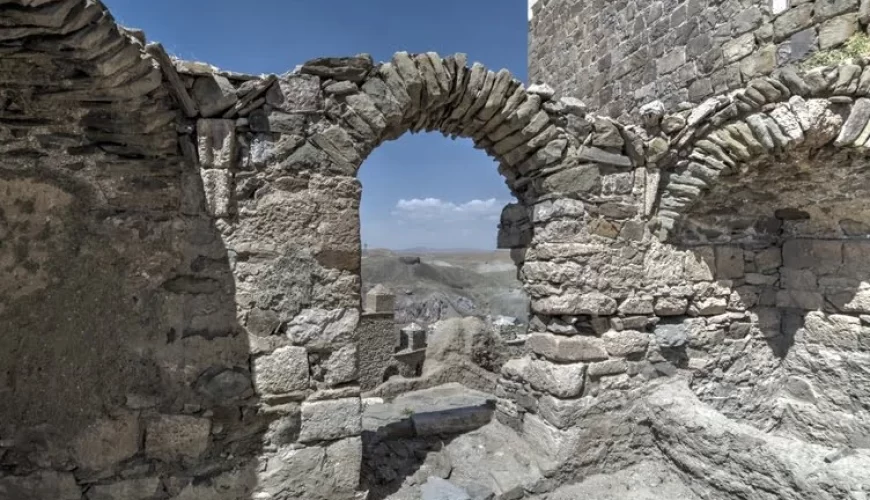
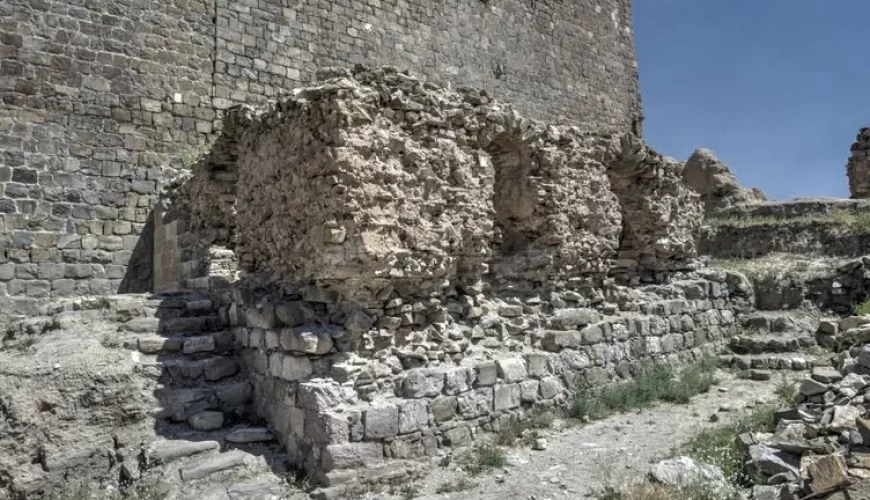


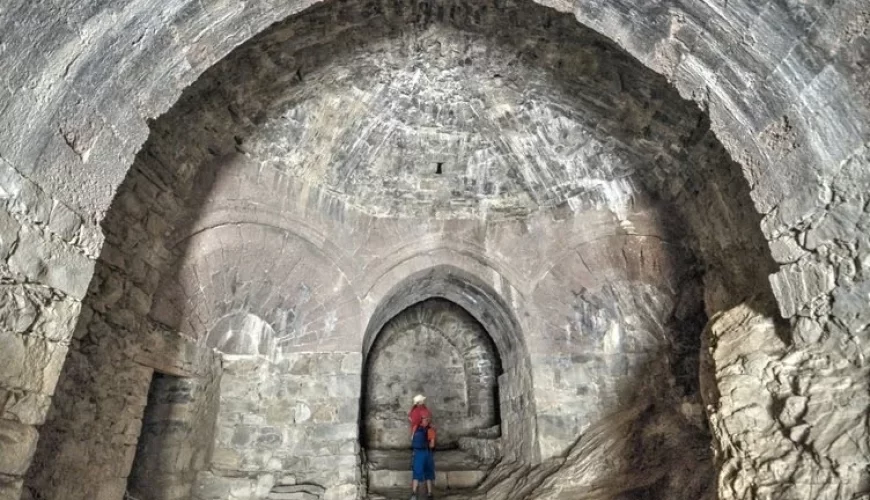
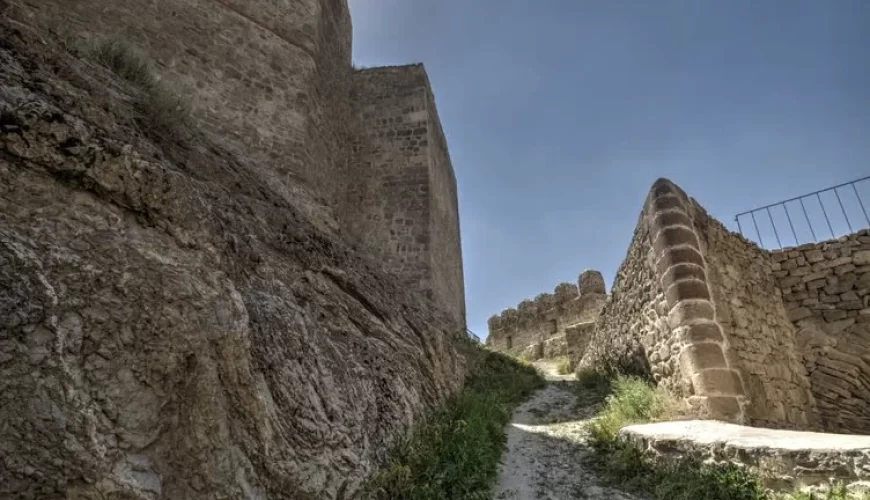


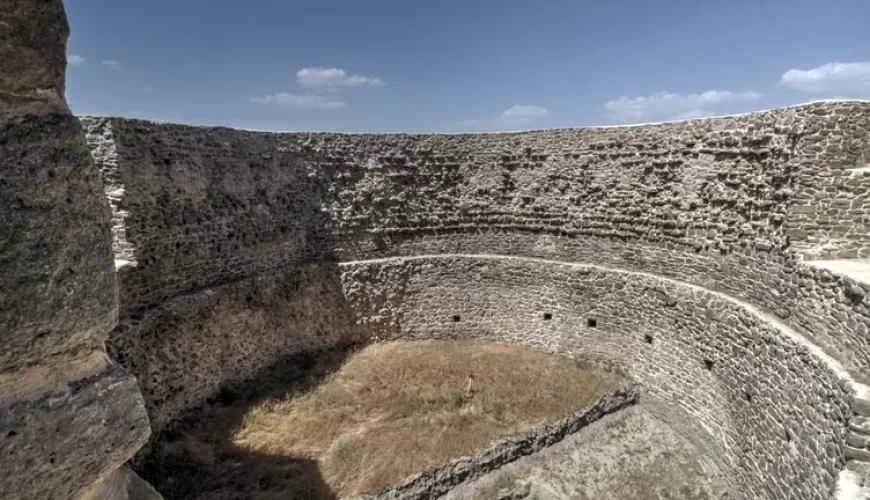
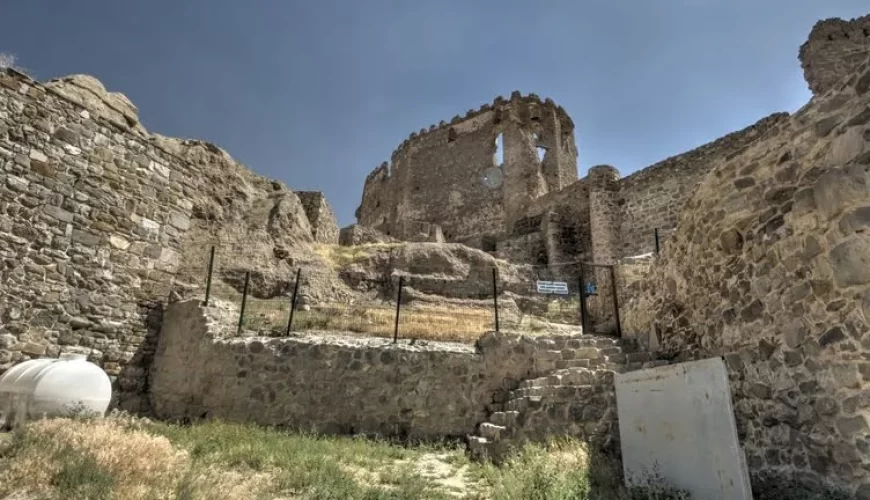
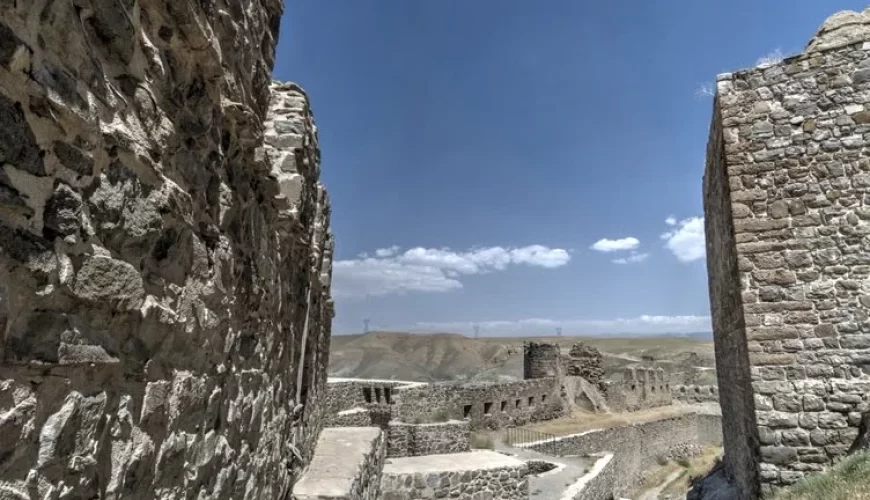
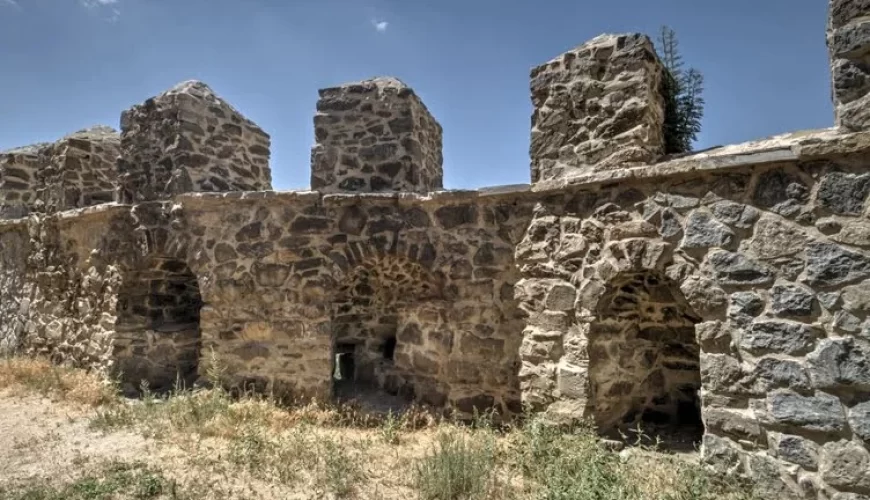
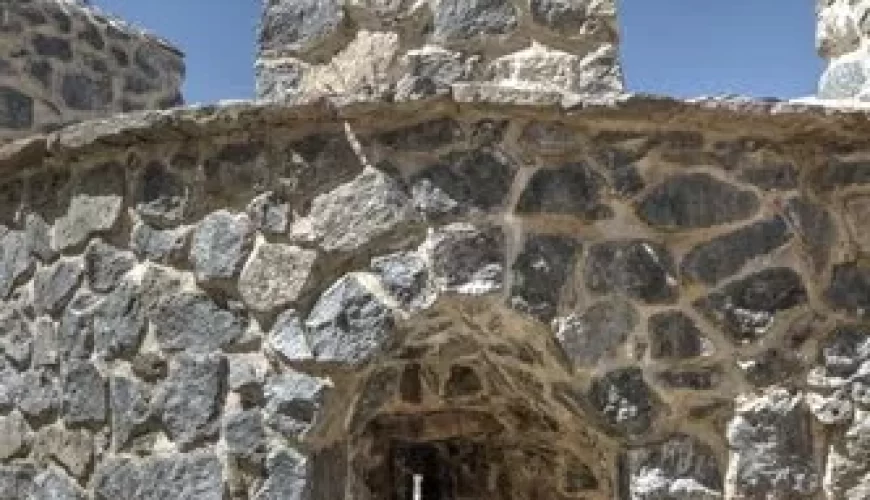
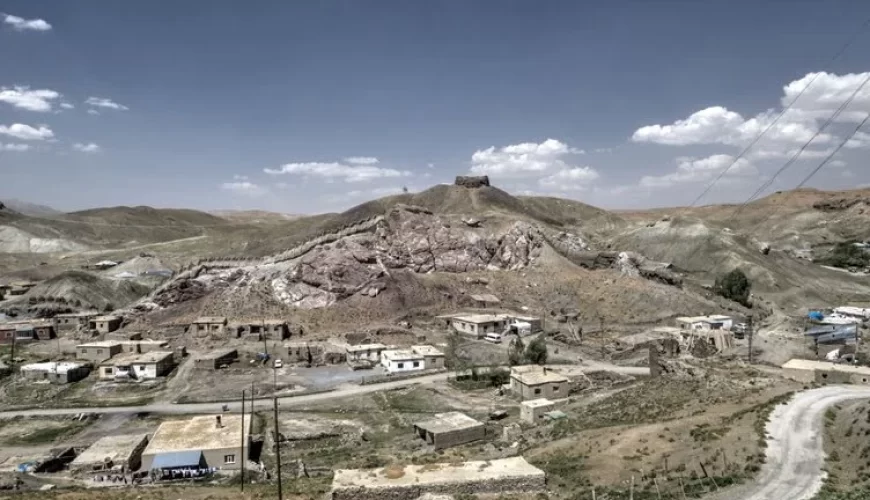
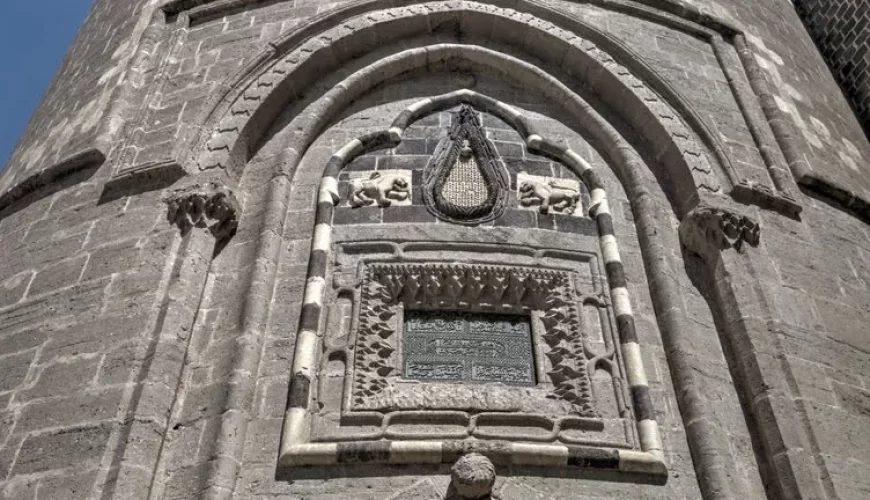
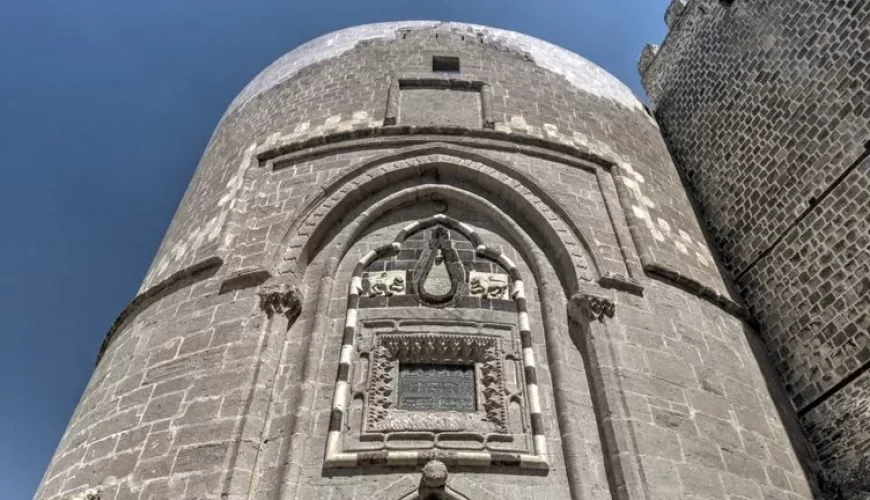
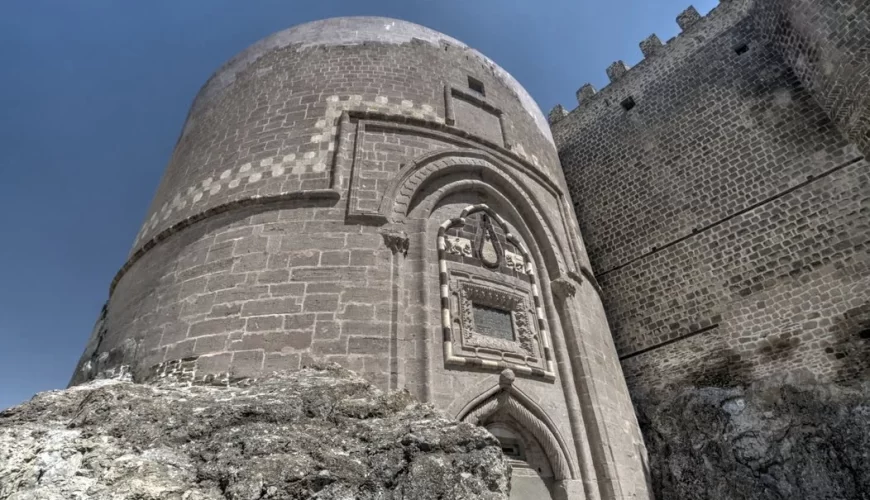

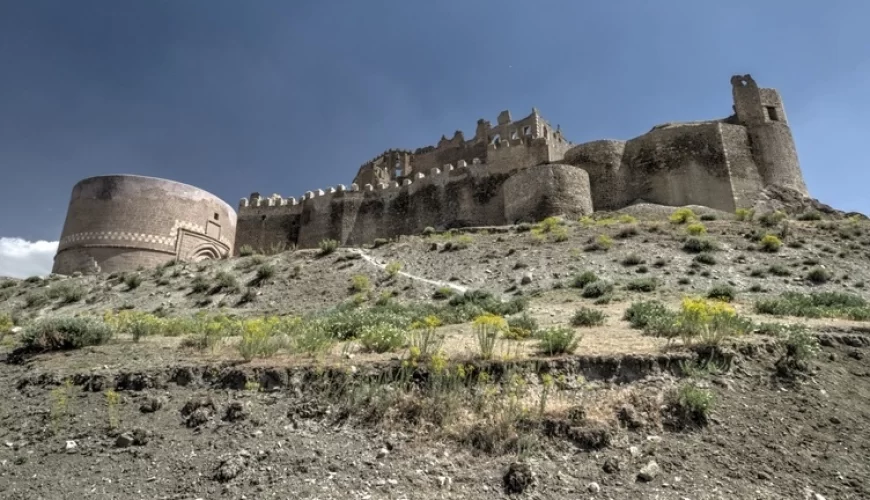
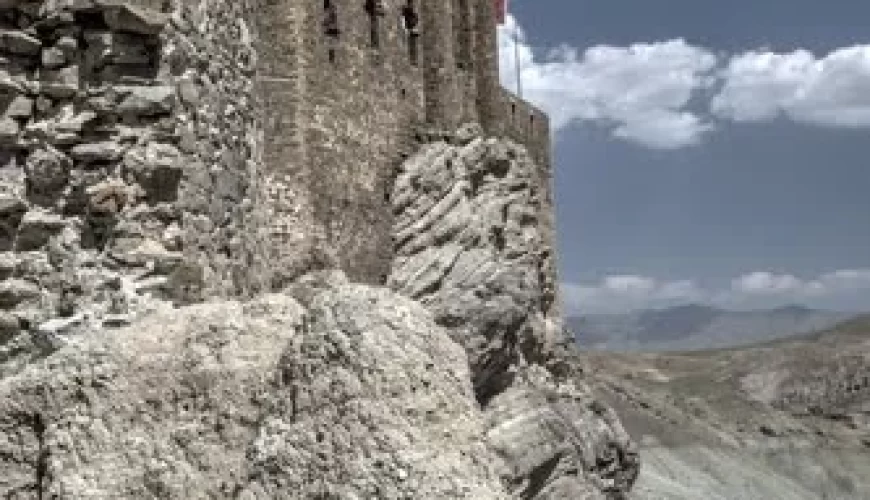
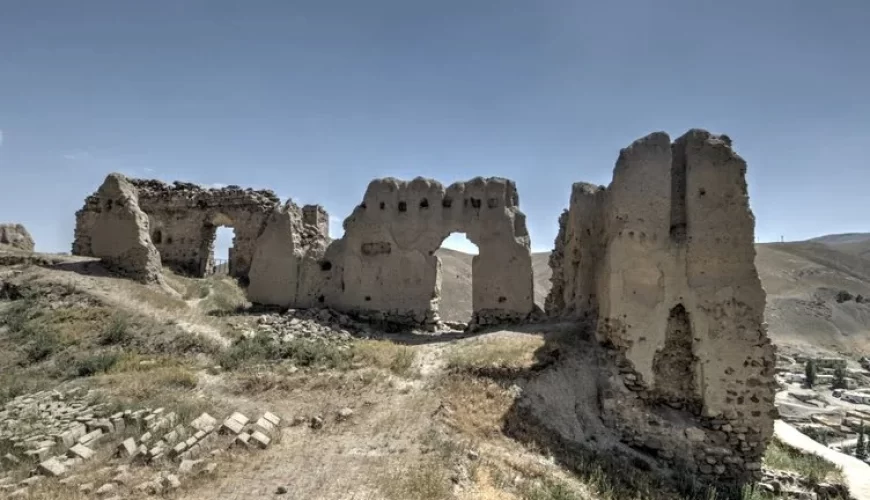
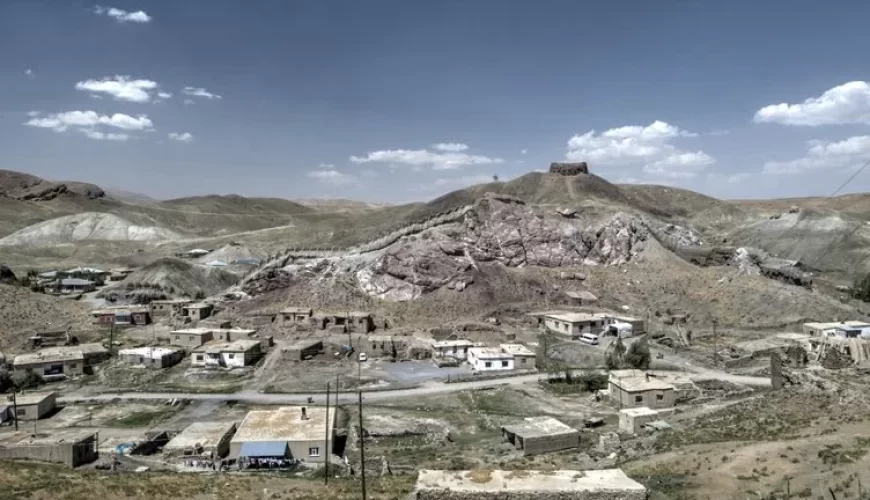
Comment (0)